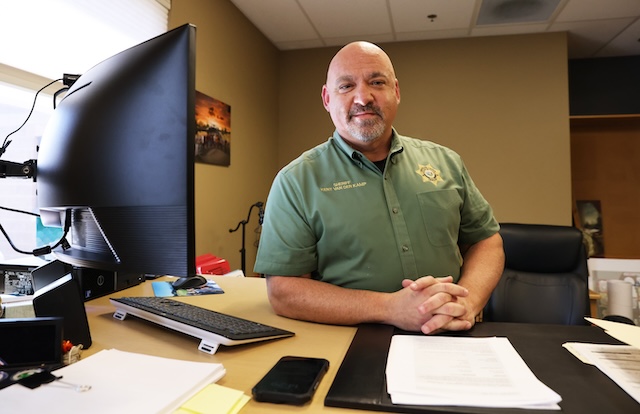Oregon’s helmet law doesn’t need fixing
Published 4:00 am Thursday, February 10, 2005
You’ve got to hand it to the no-helmet crowd. They’re persistent. For at least the last five legislative sessions, going back to 1997, they’ve asked lawmakers to change the law requiring motorcycle operators and passengers to wear brain buckets. This time, they want to make helmets optional for people 21 years old and older. The Legislature has been as unyielding as a bridge abutment on the issue, and we don’t expect that to change now.
We confess to having some sympathy for adults who want to ride their bikes with skulls exposed. Riding a motorcycle is inherently risky. There are no seat belts, no protective roof, doors or bumpers, and bikes are also harder to see than larger vehicles. They aren’t called ”donorcycles” in some places for nothing. So, from a certain perspective, it can seem pretty weird to require somebody straddling a high-performance engine with wheels to stick a plastic bubble on his head.
But it isn’t weird at all to those who end up paying more, either through their taxes or their insurance rates, to treat unnecessarily gruesome head injuries sustained by people who really, really wanted to feel the wind blow through their hair. The safety value of helmets is intuitive enough, but the National Highway Transportation Safety Administration (www.nhtsa.gov) has compiled plenty of data to convince doubters. What the NHTSA has to say, in simple terms, is that deaths and injuries go down when states enact mandatory helmet laws, and they go back up when states roll them back. As for costs, the NHTSA points to several studies, including one in Illinois that found that the cost of hospitalization for motorcyclists without helmets was one-third higher than it was for helmeted riders. And no, even insured motorcyclists don’t pay the full cost of their care.
When it comes to riding in motor vehicles, Oregon has crossed some safety bridges that simply shouldn’t be uncrossed. People in cars must buckle up, even those who believe seat belts cramp their style. And people on motorcycles, like it or not, have to wear helmets. These laws do, indeed, restrict the freedom of people to do as they choose, but such restrictions are sometimes entirely appropriate. The failure to use such devices places a great cost burden on the rest of society, but the mandatory use of helmets and seat belts places only a tiny burden on people driving a car or riding a motorcycle. For that reason, the Legislature should leave the law just as it is. Sooner or later, maybe the no-helmet lobby will get the message.






